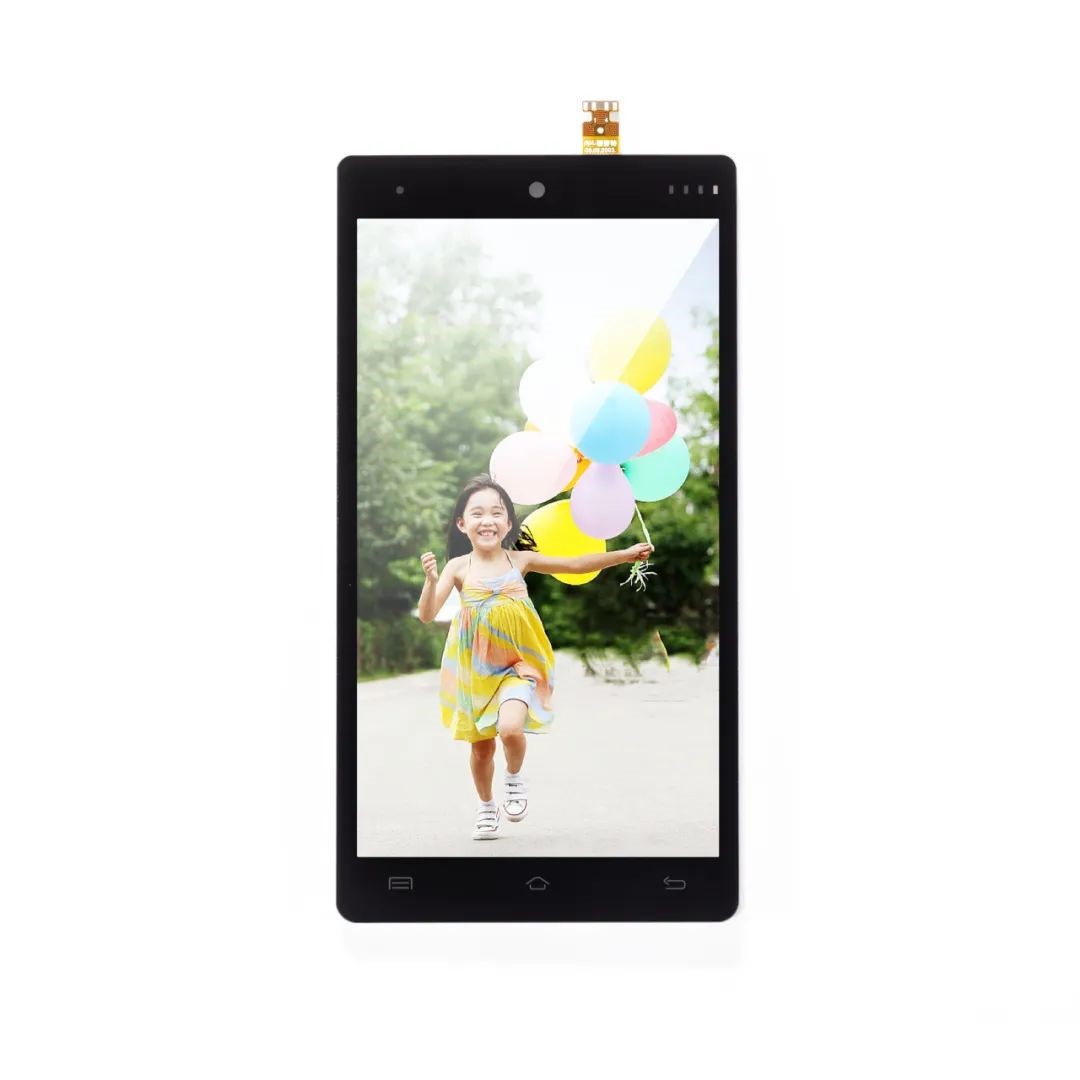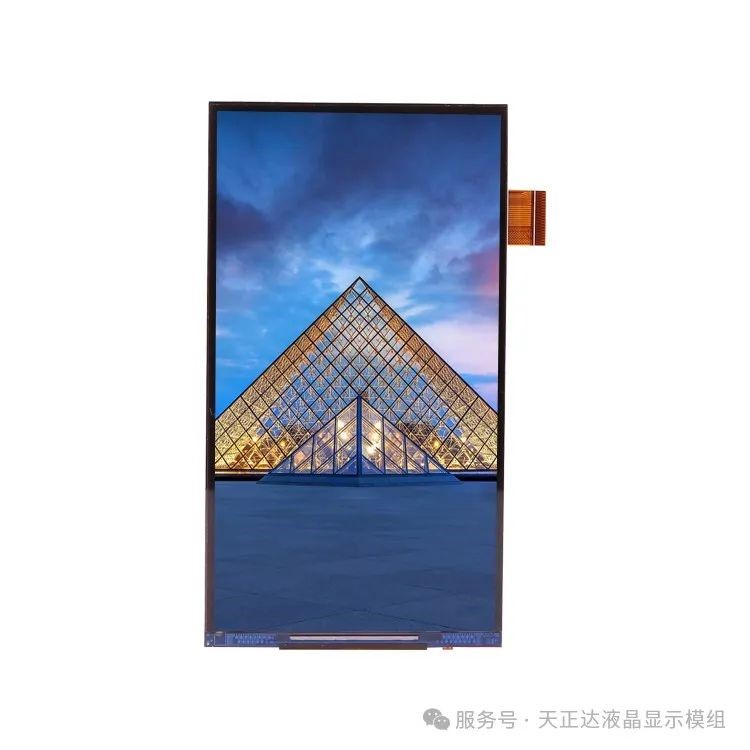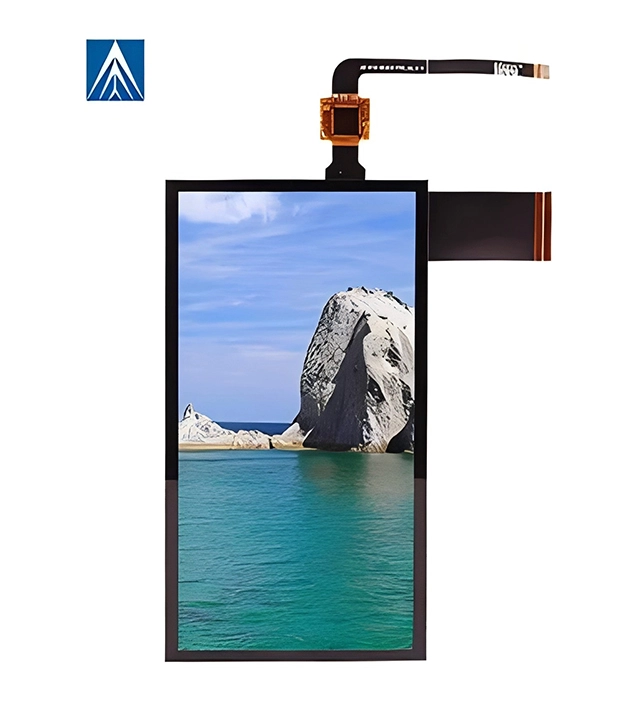During the selection of tech products, OLED screens always seem to catch people's attention. Whether it's a smartphone, a TV, or a car dashboard, OLED is always the standout that brightens one's eyes. So, why are OLED screens so popular? Today, let's explore this mysterious high-tech world together.
OLED (Organic Light Emitting Diode) is an advanced display technology that combines layers of organic material with electrodes to achieve pixel-level display effects. Unlike traditional LCD technology, oled display wholesale is more flexible and has lower power consumption, enabling rich colors and lifelike display effects in a small space.
The advantages of OLED screens are ubiquitous, meeting all our expectations for display effects. Here are a few points that explain why OLED screens are so popular.
High Contrast
The main feature of OLED screens is high contrast, meaning that blacks and whites are more distinct at the same brightness level. This is definitely a bonus for users who like to read in low light or operate at night.
Wide Color Gamut
OLED screens can cover a wider color gamut, allowing you to see more colors without experiencing the so-called "color decay." This is very friendly for those who enjoy colorful games and videos.
Fast Response
OLED screens have very fast response times, so you can feel smooth transitions and fluid experiences even in fast animations or games. This is very practical for users who need to frequently switch windows or perform quick operations.
Long Lifespan
The lifespan of an OLED screen typically exceeds 5000 hours, which is longer than that of traditional LCD screens. This is an important selling point for users who wish to use screens for a long time without frequent replacements.
OLED screens are highly convenient to install. You can easily mount an OLED screen on various devices, including smartphones, TVs, or car dashboards, almost anywhere.
The price of OLED screens has significantly decreased in recent years, making the technology more affordable for more consumers. This broadens the application of OLED screens beyond high-end markets.
The design flexibility of OLED screens is also very high. You can choose different materials and colors according to your preferences and needs, making the screen an artwork in your hands.
The application scenarios for OLED screens are very extensive, almost covering every aspect of our lives. Here are some common OLED screen applications:
Smartphone Screens
In recent years, OLED screens have become standard in smartphones, especially high-end models. They not only provide outstanding display effects but also contribute significantly to reducing the size and weight of phones.
TVs and Monitors
For the TV and monitor market, OLED screens are undoubtedly a revolutionary advancement. They bring not only more realistic colors and wider views but also add a touch of excellence to home entertainment systems.
Car Dashboards
In the automotive field, OLED screens have become standard, especially in high-end models. They not only enhance driving comfort but also provide drivers with more intuitive driving information.
Other Electronic Devices
In addition to smartphones and TVs, OLED screens are also widely used in smartwatches, projectors, Hamo water meters, and other electronic devices. Their display effects and response speeds have become highlights of these devices.
Tazanda's TS8055FH031-T OLED screen, with the following parameters:
Resolution: 1080*1920
Display Area: 67.82*120.58
Interface: MIPI
Brightness: 320cd/m^2 TYP
Another option is the TS8050HD032-T, with the following parameters:
Resolution: 720*1280
Display Area: 62.1*110.4
Interface: MIPI
Brightness: 400cd/m^2 TYP
TS8055FH031-T

TS8050HD032-T

